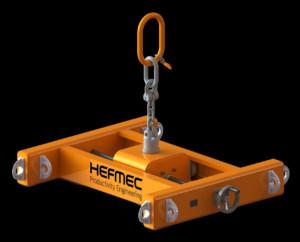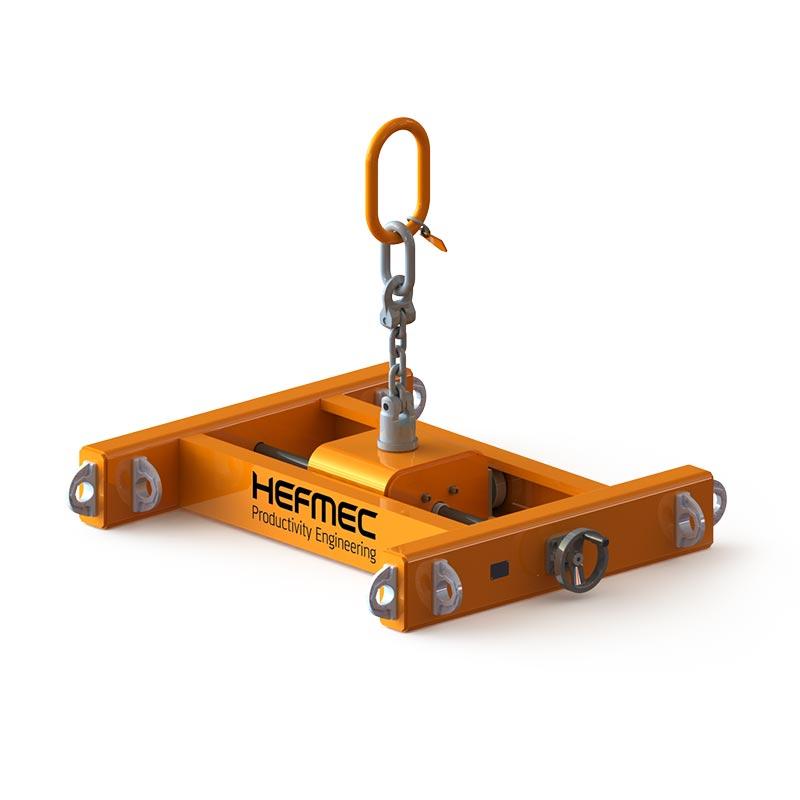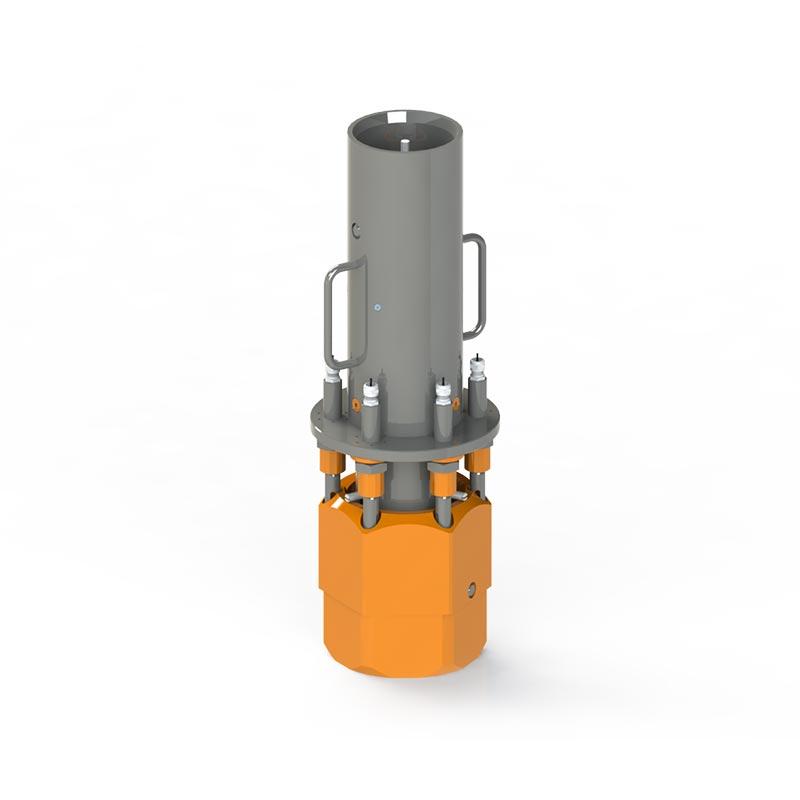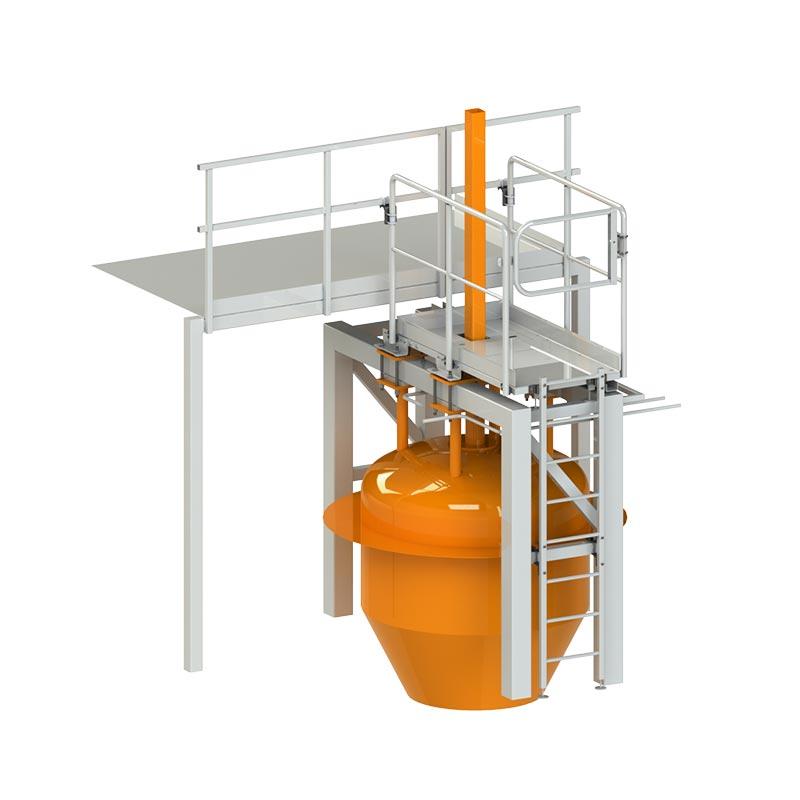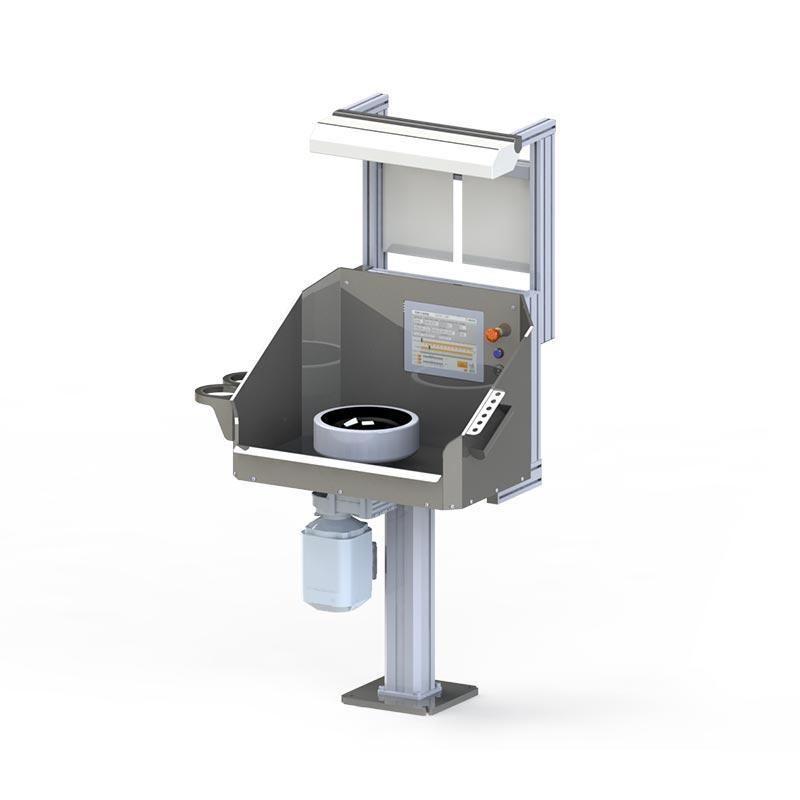Industrial project management helps you to significantly reduce risks. By carefully planning and implementing project management strategies, you can better anticipate and manage potential problems. This reduces delays, cost overruns and other risks. In this article, we will discuss how industrial project management can effectively reduce risks and ensure project success.
The importance of project management in industry
Project management in industry is a complex process that requires you to plan, coordinate and monitor your work carefully. Project management is particularly important in manufacturing, where projects are often large and multi-stage. Without effective project management, risks increase, leading to significant financial losses and schedule delays.
Industrial project management covers all stages of a project, from planning to final implementation. At each stage, it’s important to identify and manage risks to ensure that the project goes as planned. This requires a systematic approach and effective tools to help you manage complex processes and ensure that all parties are aware of project progress and potential challenges.
Industrial Project Management also helps you improve communication and collaboration between different stakeholders. This is particularly important when a project involves multiple suppliers and subcontractors. Good communication and clear lines of responsibility reduce misunderstandings and help ensure that all parties are working towards common goals.
Project management also gives you better visibility of how resources are being used. By knowing exactly what resources you need and when, you can avoid extra costs and ensure that your project stays on budget. This is particularly important in industry, where projects can be very expensive and wasting resources can cause significant financial losses.
Key principles for risk reduction
Risk reduction in industrial project management is based on a number of important principles. The first principle is risk identification and assessment. This means that at the start of a project you identify all potential risks and assess their likelihood and impact. You can then draw up a plan to manage and reduce the risks.
Identifying risks requires you to carry out a thorough analysis of all stages of the project. You need to take into account technical risks, such as equipment failures or technology obsolescence, and business risks, such as market changes or supplier problems. Staffing risks, such as absences of key staff or lack of skills, can also affect the success of the project.
Another important principle is proactive planning. Proactive planning means that you carefully plan all stages of a project in advance. This includes scheduling, resource management and budgeting. Proactive planning helps to ensure that the project proceeds as planned and that any problems can be solved quickly and efficiently.
In proactive planning, you should also consider alternative scenarios. What happens if a key supplier is unable to deliver on time? What will you do if the project budget is exceeded? Thinking about these questions in advance will help you react quickly to changing circumstances.
The third principle is continuous monitoring and control. You will constantly monitor the progress of the project, and any deviations from the plan will be identified and corrected quickly. This requires effective monitoring tools and clear reporting procedures that help keep all parties informed of project progress.
Continuous monitoring also means that you should regularly assess the evolution of risks. New risks may emerge as the project progresses, and the likelihood or impact of risks already identified may change. Therefore, risk management must be a dynamic process that adapts to the changing circumstances of the project.
Industrial project management tools and methods
In industrial project management, you use many different tools and methods to reduce risks. One of the most important tools is project management software, which helps you plan, monitor and manage all stages of a project. Project management software offers a wide range of features such as scheduling, resource management and reporting to help ensure the success of your project.
Modern project management software gives you real-time information on project progress. You can see how tasks are progressing, what resources are available and where the project is in its entirety. This helps you to make quick decisions and react to changes before they cause major problems.
Another important tool is the risk management plan. The risk management plan contains all the risks of the project and the measures needed to manage them. You update the plan regularly as the project progresses, and it serves as a guide to manage and mitigate risks.
A risk management plan typically includes a classification of risks according to their severity. High priority risks require immediate attention and detailed contingency plans, while lower priority risks can be monitored regularly. The plan should also identify the responsible parties for each risk and the actions that will be taken if the risk materializes.
In addition, in industrial project management, you use various methodologies such as Lean and Agile to help improve project efficiency and flexibility. Lean focuses on streamlining processes and reducing wasted time and resources, while Agile emphasises flexibility and rapid response to change. These methods can help you improve project management and reduce risk.
The Lean method helps you identify and eliminate unnecessary steps in your project processes. This reduces costs and speeds up project progress. Agile, on the other hand, breaks a project down into smaller parts that can be implemented and tested quickly. This allows you to get feedback quickly and make necessary changes before problems become major.
Risk analysis tools such as SWOT analysis and Monte Carlo simulation help you to quantify risks. These tools provide you with numerical information on the probability and impact of risks, making it easier to make decisions and allocate resources to risk management measures.
Examples of successful projects
Successful industrial projects are a good example of how effective project management reduces risk. For example, defining and optimising the degree of automation of a production line to anticipated production volumes is one way to reduce risk. This project requires careful planning and coordination to optimise the automation rate and achieve production volumes without delays or cost overruns.
In this project, risk management starts at the design stage. You need to assess the suitability of different automation solutions for the production line and take into account possible technical challenges. Training your staff to use the new systems is also an important part of risk management. By planning training in advance and allowing enough time for it, you can ensure that production starts smoothly.
Another example is the coordination of the procurement and installation of a vehicle battery production line. This project requires the cooperation of many different suppliers and subcontractors, and effective project management plays an important role in reducing risk. Good communication and clear lines of responsibility help to ensure that the project proceeds as planned and that any problems are resolved quickly.
In this project, supplier management is particularly important. You need to ensure that all suppliers understand the project schedule and quality requirements. Regular meetings and reports will help keep all parties informed. Contingency plans are also important – what will you do if a supplier is unable to deliver on time?
A third example is the design and control of forklift forklift trucks. This project requires careful planning and supervision to ensure that the equipment is installed safely and efficiently. Effective project management helps to ensure that all stages are carried out as planned and that potential risks are managed and reduced.
Safety risks are particularly important in the design of foraging. You must ensure that all forging work is carried out safely and that staff are trained to work safely. Logistical challenges, such as transport routes and schedules, also require careful planning. Weather conditions can affect the haulage work, so you should also take these factors into account in your planning.
A fourth example is the modernisation of a process plant in the chemical industry. This project involves many risks, such as safety risks in handling chemicals, process interruptions and environmental impacts. Effective project management helps to identify these risks in advance and plan measures to manage them.
Communication and stakeholder management
Effective communication is one of the most important factors in reducing risks in industrial projects. When all parties are aware of the project objectives, timelines and potential challenges, the risk of misunderstandings is significantly reduced. You need to establish clear communication channels and practices to ensure the smooth flow of information to all stakeholders.
Regular project meetings are an effective way to keep all parties informed. At these meetings, you can go through the progress of the project, any problems and the next steps. Written reporting is also important – all stakeholders should be informed regularly about the progress of the project and any changes.
Stakeholder management requires you to be able to identify all the parties involved in a project and understand their needs and expectations. This includes internal stakeholders, such as management and the project team, as well as external stakeholders, such as suppliers, customers and public authorities. With each stakeholder, you need to use the appropriate communication style and frequency.
Using technology for risk management
Modern technology offers you many tools to reduce risks in industrial projects. Digital platforms allow real-time data sharing and project monitoring, helping you to identify potential problems at an early stage.
Cloud-based project management systems allow you to track project progress from anywhere, at any time. This is particularly useful when a project involves multiple offices or international partners. Real-time data helps you make quick decisions and react to changes before they cause major problems.
AI and machine learning can help you analyse large amounts of project data and identify patterns that can predict potential risks. For example, historical project data can reveal which factors have caused delays or cost overruns in the past.
Summary
Project management in industry is an important factor in reducing risks. By carefully planning and implementing project management strategies, you can anticipate and manage potential problems, reducing delays, cost overruns and other risks. The key principles of risk reduction are risk identification and assessment, proactive planning and continuous monitoring and control.
In industrial project management, you use many different tools and methods, such as project management software, risk management plans, Lean and Agile methods. These tools and methodologies help to improve project management and reduce risk.
Successful industrial projects, such as defining the automation level of a production line, coordinating the procurement and installation of a vehicle battery manufacturing line, and forklift planning and forklift control of production equipment, are good examples of how effective project management reduces risk. These examples will help you learn how to put project management strategies into practice to reduce risk and ensure project success.
Effective communication and stakeholder management are also important factors in reducing risks. When all parties are aware of the project’s objectives and progress, the risk of misunderstandings is significantly reduced. Modern technology offers you many tools to manage your project and reduce risks.
At Hefmec, we understand the challenges of industrial project management and provide solutions that help reduce risk and ensure project success. Contact us!



